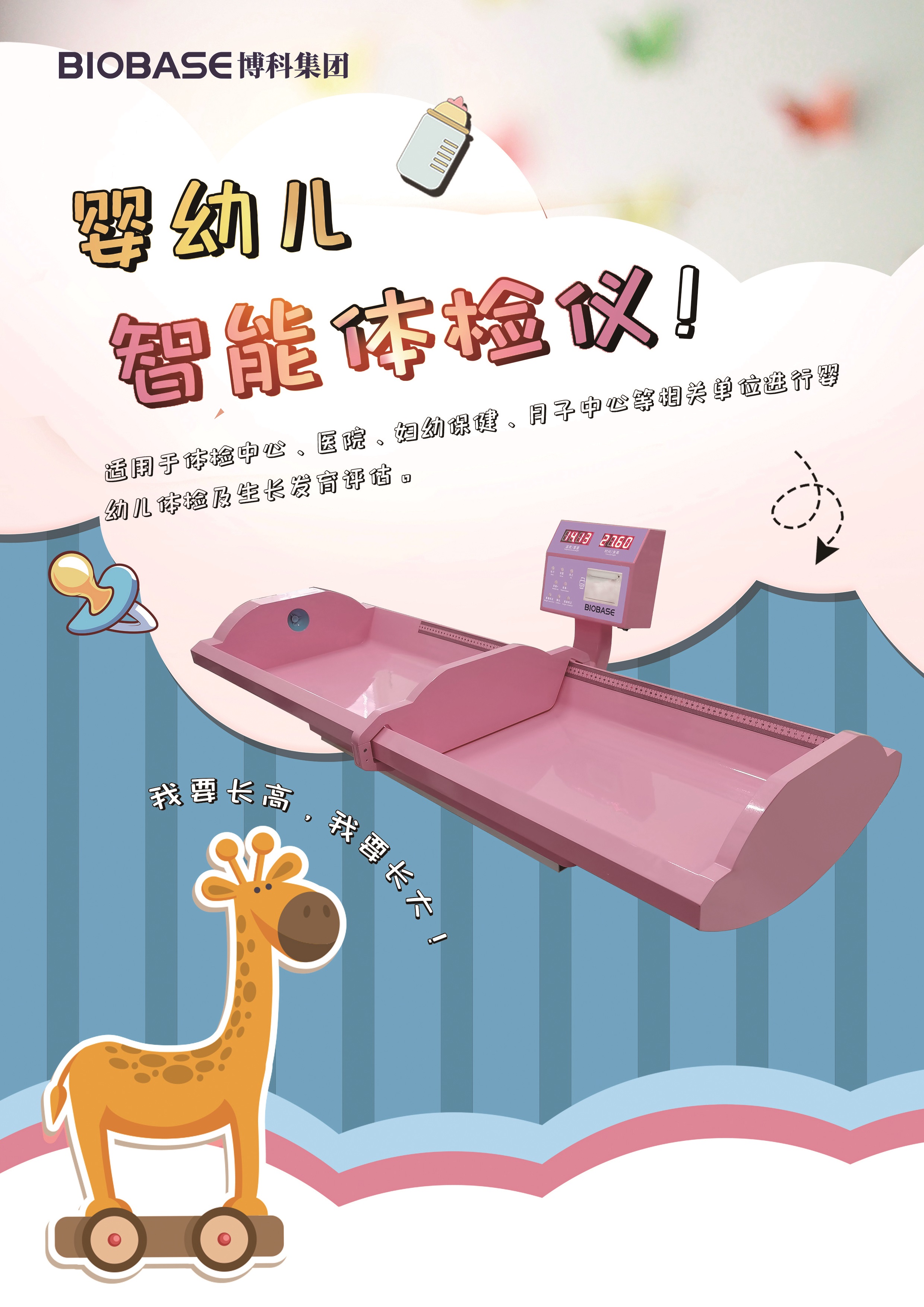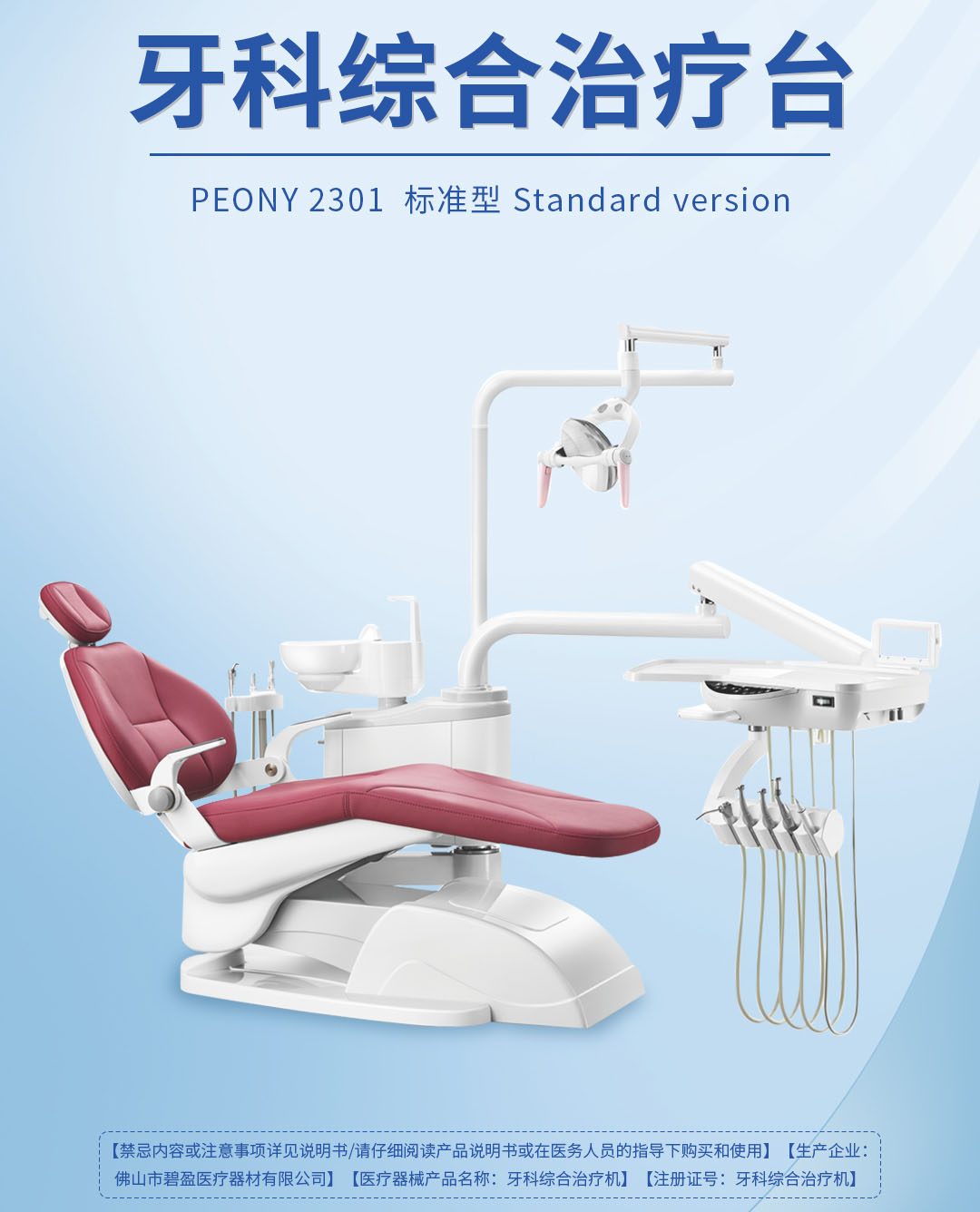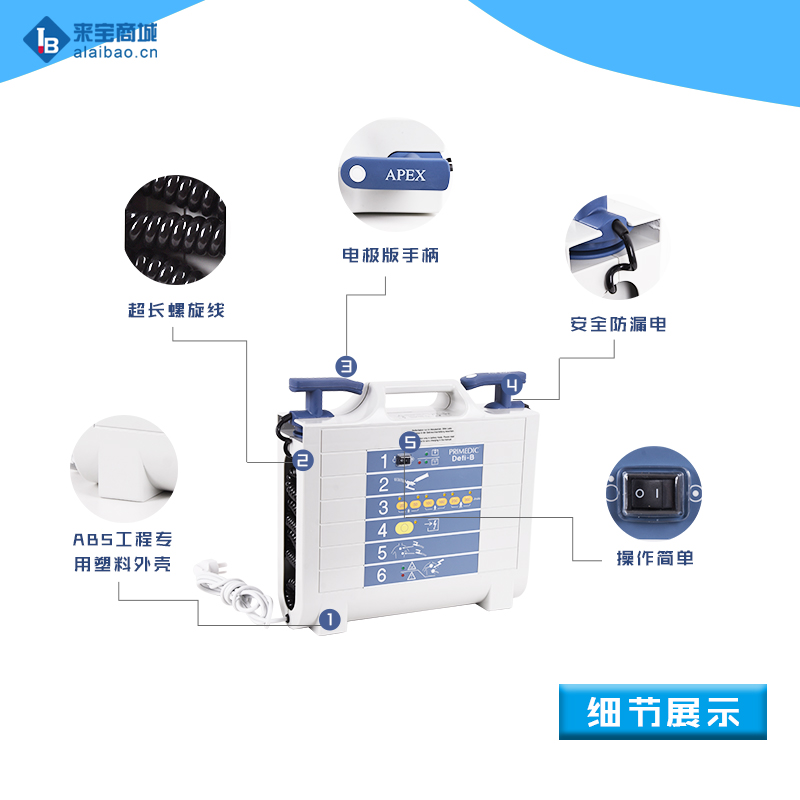大鼠瘦素(LEP)ELISA试剂盒使用说明
- 厦门慧嘉生物科技有限公司2014年4月18日 11:00 点击:1291
大鼠瘦素(LEP)ELISA试剂盒使用说明
Rat Leptin (LEP) ELISA Kit
For the quantitative determination of rat leptin (LEP) concentrations in
serum, plasma, cell culture supernates, tissue homogenates.
This package insert must be read in its entirety before using this product.
In order to obtain higher efficiency service, please ready to supply the lot number
of the kit to us (found on the outside of the box).2
PRINCIPLE OF THE ASSAY
This assay employs the quantitative sandwich enzyme immunoassay technique.
Antibody specific for LEP has been pre-coated onto a microplate. Standards and
samples are pipetted into the wells and any LEP present is bound by the
immobilized antibody. After removing any unbound substances, a
biotin-conjugated antibody specific for LEP is added to the wells. After washing,
avidin conjugated Horseradish Peroxidase (HRP) is added to the wells.
Following a wash to remove any unbound avidin-enzyme reagent, a substrate
solution is added to the wells and color develops in proportion to the amount of
LEP bound in the initial step. The color development is stopped and the intensity
of the color is measured.
DETECTION RANGE
0.312 ng/ml-20 ng/ml.
SENSITIVITY
The minimum detectable dose of rat LEP is typically less than 0.078 ng/ml.
The sensitivity of this assay, or Lower Limit of Detection (LLD) was defined as
the lowest protein concentration that could be differentiated from zero. It was
determined the mean O.D value of 20 replicates of the zero standard added by
their three standard deviations.
SPECIFICITY
This assay has high sensitivity and excellent specificity for detection of rat LEP.
No significant cross-reactivity or interference between rat LEP and analogues
was observed.
Note: Limited by current skills and knowledge, it is impossible for us to complete
the cross-reactivity detection between rat LEP and all the analogues, therefore,
cross reaction may still exist.3
PRECISION
Intra-assay Precision (Precision within an assay): CV%<8%
Three samples of known concentration were tested twenty times on one plate to
assess.
Inter-assay Precision (Precision between assays): CV%<10%
Three samples of known concentration were tested in twenty assays to assess.
LIMITATIONS OF THE PROCEDURE
? FOR RESEARCH USE ONLY. NOT FOR USE IN DIAGNOSTIC
PROCEDURES.
? The kit should not be used beyond the expiration date on the kit label.
? Do not mix or substitute reagents with those from other lots or sources.
? If samples generate values higher than the highest standard, dilute the
samples with Sample Diluent and repeat the assay.
? Any variation in Sample Diluent, operator, pipetting technique, washing
technique, incubation time or temperature, and kit age can cause variation
in binding.
? This assay is designed to eliminate interference by soluble receptors,
binding proteins, and other factors present in biological samples. Until all
factors have been tested in the Immunoassay, the possibility of
interference cannot be excluded.4
MATERIALS PROVIDED
Reagents Quantity
Assay plate (12 x 8 coated Microwells) 1(96 wells)
Standard (Freeze dried) 2
Biotin-antibody (100 x concentrate) 1 x 120 μl
HRP-avidin (100 x concentrate) 1 x 120 μl
Biotin-antibody Diluent 1 x 15 ml
HRP-avidin Diluent 1 x 15 ml
Sample Diluent 1 x 50 ml
Wash Buffer (25 x concentrate) 1 x 20 ml
TMB Substrate 1 x 10 ml
Stop Solution 1 x 10 ml
Adhesive Strip (For 96 wells) 4
Instruction manual 1
STORAGE
Unopened kit Store at 2 - 8°C. Do not use the kit beyond the expiration date
Opened kit
Coated assay
plate
May be stored for up to 1 month at 2 - 8°C.
Try to keep it in a sealed aluminum foil bag,
and avoid the damp.
Standard May be stored for up to 1 month at 2 - 8° C. If
don’t make recent use, better keep it store at
-20°C.
Biotin-antibody
HRP-avidin
Biotin-antibody
Diluent
May be stored for up to 1 month at 2 - 8°C.
HRP-avidin
Diluent
Sample
Diluent
Wash Buffer
TMB
Substrate
Stop Solution
*Provided this is within the expiration date of the kit.5
OTHER SUPPLIES REQUIRED
? Microplate reader capable of measuring absorbance at 450 nm, with the
correction wavelength set at 540 nm or 570 nm.
? An incubator which can provide stable incubation conditions up to
37°C±0.5°C.
? Squirt bottle, manifold dispenser, or automated microplate washer.
? Absorbent paper for blotting the microtiter plate.
? 100ml and 500ml graduated cylinders.
? Deionized or distilled water.
? Pipettes and pipette tips.
? Test tubes for dilution.
PRECAUTIONS
The Stop Solution provided with this kit is an acid solution. Wear eye, hand, face,
and clothing protection when using this material.6
SAMPLE COLLECTION AND STORAGE
? Serum Use a serum separator tube (SST) and allow samples to clot for
two hours at room temperature or overnight at 4°C before centrifugation
for 15 minutes at 1000 ×g. Remove serum and assay immediately or
aliquot and store samples at -20°C or -80°C. Avoid repeated freeze-thaw
cycles.
? Plasma Collect plasma using EDTA, or heparin as an anticoagulant.
Centrifuge for 15 minutes at 1000 x g, 2 - 8°C within 30 minutes of
collection. Assay immediately or aliquot and store samples at -20°C or
-80°C. Avoid repeated freeze-thaw cycles. Centrifuge the sample again
after thawing before the assay.
? Cell Culture Supernates Remove particulates by centrifugation for 15
minutes at 1000 x g, 2 - 8°C and assay immediately or aliquot and store
samples at -20°C or -80°C. Avoid repeated freeze-thaw cycles.
? Tissue Homogenates 100mg tissue was rinsed with 1X PBS,
homogenized in 1 ml of 1X PBS and stored overnight at -20°C. After two
freeze-thaw cycles were performed to break the cell membranes, the
homogenates were centrifuged for 5 minutes at 5000 x g, 2 - 8°C. The
supernate was removed and assayed immediately. Alternatively, aliquot
and store samples at -20°C or -80°C. Centrifuge the sample again after
thawing before the assay. Avoid repeated freeze-thaw cycles.7
SAMPLE PREPARATION
Serum and plasma samples require a 5-fold dilution into Sample Diluent. The
recommended dilution factor is for reference only. The optimal dilution factor
should be determined by users according to their particular experiments.
Note:
1. CUSABIO is only responsible for the kit itself, but not for the samples
consumed during the assay. The user should calculate the possible
amount of the samples used in the whole test. Please reserve sufficient
samples in advance.
2. Samples to be used within 5 days may be stored at 2-8°C, otherwise
samples must be stored at -20°C (≤1month) or -80°C (≤2month) to avoid
loss of bioactivity and contamination.
3. Grossly hemolyzed samples are not suitable for use in this assay.
4. If the samples are not indicated in the manual, a preliminary experiment to
determine the validity of the kit is necessary.
5. Please predict the concentration before assaying. If values for these are
not within the range of the standard curve, users must determine the
optimal sample dilutions for their particular experiments.
6. Tissue or cell extraction samples prepared by chemical lysis buffer may
cause unexpected ELISA results due to the impacts of certain chemicals.
7. Owing to the possibility of mismatching between antigen from other
resource and antibody used in our kits (e.g., antibody targets
conformational epitope rather than linear epitope), some native or
recombinant proteins from other manufacturers may not be recognized by
our products.
8. Influenced by the factors including cell viability, cell number and also
sampling time, samples from cell culture supernatant may not be detected
by the kit.
9. Fresh samples without long time storage are recommended for the test.
Otherwise, protein degradation and denaturalization may occur in those
samples and finally lead to wrong results.8
REAGENT PREPARATION
Note:
? Kindly use graduated containers to prepare the reagent. Please don’t
prepare the reagent directly in the Diluent vials provided in the kit.
? Bring all reagents to room temperature (18-25°C) before use for 30min.
? Prepare fresh standard for each assay. Use within 4 hours and discard
after use.
? Making serial dilution in the wells directly is not permitted.
? Please carefully reconstitute Standards according to the instruction, and
avoid foaming and mix gently until the crystals have completely dissolved.
To minimize imprecision caused by pipetting, use small volumes and
ensure that pipettors are calibrated. It is recommended to suck more than
10μl for once pipetting.
? Distilled water is recommended to be used to make the preparation for
reagents or samples. Contaminated water or container for reagent
preparation will influence the detection result.
1. Biotin-antibody (1x) - Centrifuge the vial before opening.
Biotin-antibody requires a 100-fold dilution. A suggested 100-fold dilution
is 10 μl of Biotin-antibody + 990 μl of Biotin-antibody Diluent.
2. HRP-avidin (1x) - Centrifuge the vial before opening.
HRP-avidin requires a 100-fold dilution. A suggested 100-fold dilution is 10
μl of HRP-avidin + 990 μl of HRP-avidin Diluent.
3. Wash Buffer(1x)- If crystals have formed in the concentrate, warm up to
room temperature and mix gently until the crystals have completely
dissolved. Dilute 20 ml of Wash Buffer Concentrate (25 x) into deionized or
distilled water to prepare 500 ml of Wash Buffer (1 x).9
4. Standard
Centrifuge the standard vial at 6000-10000rpm for 30s.
Reconstitute the Standard with 1.0 ml of Sample Diluent. Do not
substitute other diluents. This reconstitution produces a stock solution of
20 ng/ml. Mix the standard to ensure complete reconstitution and allow the
standard to sit for a minimum of 15 minutes with gentle agitation prior to
making dilutions.
Pipette 250 μl of Sample Diluent into each tube (S0-S6). Use the stock
solution to produce a 2-fold dilution series (below). Mix each tube
thoroughly before the next transfer. The undiluted Standard serves as the
high standard (20 ng/ml). Sample Diluent serves as the zero standard (0
ng/ml).
Tube S7 S6 S5 S4 S3 S2 S1 S0
ng/ml 20 10 5 2.5 1.25 0.625 0.312 010
ASSAY PROCEDURE
Bring all reagents and samples to room temperature before use. Centrifuge
the sample again after thawing before the assay. It is recommended that all
samples and standards be assayed in duplicate.
1. Prepare all reagents, working standards, and samples as directed in the
previous sections.
2. Refer to the Assay Layout Sheet to determine the number of wells to be
used and put any remaining wells and the desiccant back into the pouch
and seal the ziploc, store unused wells at 4°C.
3. Add 100μl of standard and sample per well. Cover with the adhesive strip
provided. Incubate for 2 hours at 37°C. A plate layout is provided to record
standards and samples assayed.
4. Remove the liquid of each well, don’t wash.
5. Add 100μl of Biotin-antibody (1x) to each well. Cover with a new
adhesive strip. Incubate for 1 hour at 37°C. (Biotin-antibody (1x) may
appear cloudy. Warm up to room temperature and mix gently until solution
appears uniform.)
6. Aspirate each well and wash, repeating the process two times for a total of
three washes. Wash by filling each well with Wash Buffer (200μl) using a
squirt bottle, multi-channel pipette, manifold dispenser, or autowasher,
and let it stand for 2 minutes, complete removal of liquid at each step is
essential to good performance. After the last wash, remove any remaining
wash Buffer by aspirating ordecanting. Invert the plate and blot it against
clean paper towels.
7. Add 100μl of HRP-avidin (1x) to each well. Cover the microtiter plate with
a new adhesive strip. Incubate for 1 hour at 37°C.
8. Repeat the aspiration/wash process for five times as in step 6.
9. Add 90μl of TMB Substrate to each well. Incubate for 15-30 minutes at
37°C. Protect from light.
10. Add 50μl of Stop Solution to each well, gently tap the plate to ensure
thorough mixing.11
11. Determine the optical density of each well within 5 minutes, using a
microplate reader set to 450 nm. If wavelength correction is available, set
to 540 nm or 570 nm. Subtract readings at 540 nm or 570 nm from the
readings at 450 nm. This subtraction will correct for optical imperfections
in the plate. Readings made directly at 450 nm without correction may be
higher and less accurate.
*Samples may require dilution. Please refer to Sample Preparation section.
Note:
1. The final experimental results will be closely related to validity of the
products, operation skills of the end users and the experimental
environments.
2. Samples or reagents addition: Please use the freshly prepared Standard.
Please carefully add samples to wells and mix gently to avoid foaming. Do
not touch the well wall as possible. For each step in the procedure, total
dispensing time for addition of reagents or samples to the assay plate
should not exceed 10 minutes. This will ensure equal elapsed time for
each pipetting step, without interruption. Duplication of all standards and
specimens, although not required, is recommended. To avoid
cross-contamination, change pipette tips between additions of each
standard level, between sample additions, and between reagent additions.
Also, use separate reservoirs for each reagent.
3. Incubation: To ensure accurate results, proper adhesion of plate sealers
during incubation steps is necessary. Do not allow wells to sit uncovered
for extended periods between incubation steps. Once reagents have been
added to the well strips, DO NOT let the strips DRY at any time during the
assay. Incubation time and temperature must be observed.
4. Washing: The wash procedure is critical. Complete removal of liquid at
each step is essential to good performance. After the last wash, remove
any remaining Wash Solution by aspirating or decanting and remove any
drop of water and fingerprint on the bottom of the plate. Insufficient
washing will result in poor precision and falsely elevated absorbance
reading. When using an automated plate washer, adding a 30 second
soak period following the addition of wash buffer, and/or rotating the plate
180 degrees between wash steps may improve assay precision.12
5. Controlling of reaction time: Observe the change of color after adding TMB
Substrate (e.g. observation once every 10 minutes), TMB Substrate
should change from colorless or light blue to gradations of blue. If the color
is too deep, add Stop Solution in advance to avoid excessively strong
reaction which will result in inaccurate absorbance reading.
6. TMB Substrate is easily contaminated. TMB Substrate should remain
colorless or light blue until added to the plate. Please protect it from light.
7. Stop Solution should be added to the plate in the same order as the TMB
Substrate. The color developed in the wells will turn from blue to yellow
upon addition of the Stop Solution. Wells that are green in color indicate
that the Stop Solution has not mixed thoroughly with the TMB Substrate.13
ASSAY PROCEDURE SUMMARY
*Samples may require dilution. Please refer to Sample Preparation section.14
CALCULATION OF RESULTS
Using the professional soft "Curve Expert 1.3" to make a standard curve is
recommended, which can be downloaded from our web.
Average the duplicate readings for each standard and sample and subtract the
average zero standard optical density.
Create a standard curve by reducing the data using computer software capable
of generating a four parameter logistic (4-PL) curve-fit. As an alternative,
construct a standard curve by plotting the mean absorbance for each standard
on the x-axis against the concentration on the y-axis and draw a best fit curve
through the points on the graph. The data may be linearized by plotting the log of
the LEP concentrations versus the log of the O.D. and the best fit line can be
determined by regression analysis. This procedure will produce an adequate but
less precise fit of the data.
If samples have been diluted, the concentration read from the standard curve
must be multiplied by the dilution factor.
慧嘉生物您实验身边的好伙伴
为客户提供“最高品质的产品”和“最优质的服务”
详细说明书及技术咨询
联系电话:0592-6020891
18906011628 陈先生
Q Q:1193953234 1048735792
联系邮箱:kefu@labbase.net
版权与免责声明
- 凡本网注明“来源:来宝网”的所有作品,版权均属于来宝网,转载请必须注明来宝网, //www.next-search.com,违反者本网将追究相关法律责任。
- 本网转载并注明自其它来源的作品,目的在于传递更多信息,并不代表本网赞同其观点或证实其内容的真实性,不承担此类作品侵权行为的直接责任及连带责任。其他媒体、网站或个人从本网转载时,必须保留本网注明的作品来源,并自负版权等法律责任。
- 如涉及作品内容、版权等问题,请在作品发表之日起一周内与本网联系,否则视为放弃相关权利。







